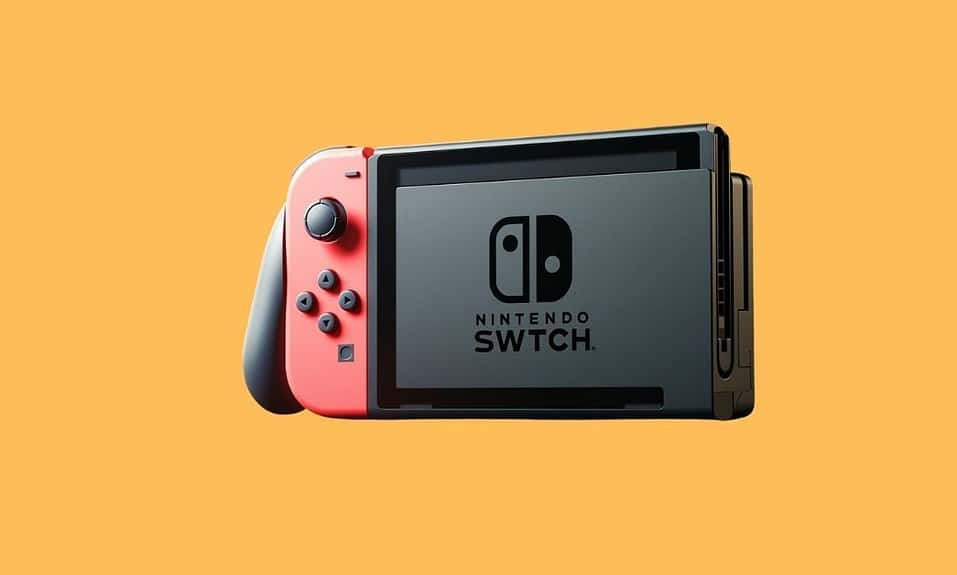Lenovo Legion Go vs. PlayStation Portal. Handheld gaming devices have always been a favorite among gamers, especially for those who love gaming on the go. Two of the latest entrants in this category are the Lenovo Legion Go and the PlayStation Portal. Today, we’ll compare these two devices to help you decide which one might be the best fit for you.
Pros and Cons
| Lenovo Legion Go | PlayStation Portal |
|---|---|
| Unique controller-to-mouse | Good $199 price point |
| AMD’s Z1 Extreme & RAM | 1080p display |
| 2560×1600 resolution | 8-inch DualSense with LED |
| Kickstand & AR glasses | PlayStation Pulse accessories |
| 8.8-inch display | PS5 remote play |
| Heavier due to size | Not standalone |
| $699 is expensive | Limited to PlayStation |
| Non-intuitive controller detach | Needs higher refresh rate |
Differences: Lenovo Legion Go vs. PlayStation Portal
Legion Go: Detachable controllers, sturdy plastic, 8.8-inch display, built-in kickstand.
PlayStation Portal: DualSense design, 8-inch display, lightweight, side LED strips.
Legion Go: Right controller doubles as a mouse; left controller for WASD gaming.
PlayStation Portal: PS5 remote play accessory, not standalone.
Legion Go: AMD’s Z1 Extreme, faster RAM, 2560 by 1600 resolution.
PlayStation Portal: 1080p at 60Hz, optimized for PS5 remote play.
Legion Go: Not specified, expected around $700.
PlayStation Portal: $199.
Legion Go: AR glasses for enhanced viewing.
PlayStation Portal: Pulse Explorer earbuds ($199) & Pulse Elite headset ($149.99), both with low latency via PlayStation link.
Design and Build
The Legion Go comes with a detachable set of controllers, somewhat reminiscent of the Nintendo Switch. Made of sturdy plastic, it feels solid in hand. The device also boasts a large 8.8-inch display, which is bigger than many handhelds in the market. The built-in kickstand is another feature that stands out, allowing for versatile gaming setups.
The PlayStation Portal is designed like a DualSense controller with an 8-inch display in the middle. This 1080p panel with a 60Hz refresh rate ensures crisp visuals. The device is lightweight, and the LED strips on the side add a touch of aesthetics, especially when they light up during gameplay.
Functionality
The Legion Go’s controllers are its standout feature. The right controller can transform into a functional vertical mouse, making it particularly useful for first-person shooter games. The left controller acts as the WASD keys, ensuring a seamless gaming experience.
The PlayStation Portal is primarily designed as a PlayStation 5 companion. It’s dedicated to remote play, allowing users to play their PS5 games in different locations. Unlike the Vita, it’s not a standalone device but an accessory to the PS5, optimized for a smooth remote play experience.
Performance and Software
Running on AMD’s Z1 Extreme, the Legion Go promises robust performance. It also boasts faster RAM, which could potentially offer better gaming experiences. The screen resolution of 2560 by 1600 might seem high for a handheld, but it allows for integer scaling, ensuring crisp visuals for all types of games.
The PlayStation Portal is designed to offer a seamless remote play experience with the PS5. The device’s 1080p panel with a 60Hz refresh rate ensures smooth gameplay, making it a worthy companion for the PS5.

Price: Lenovo Legion Go vs. PlayStation
While the Lenovo Legion Go’s price wasn’t mentioned in the offical website but claims to be around $699, the PlayStation Portal is priced at $199. Considering it’s an accessory to the PS5, this seems like a reasonable price point.
Accessories
Lenovo Legion Go vs. PlayStation Portal
Lenovo offers AR glasses as an accessory for the Legion Go. When connected, these glasses project the device’s screen in front of the user, enhancing the gaming experience.
Sony introduced two audio devices alongside the PlayStation Portal: the PlayStation Pulse Explorer earbuds priced at $199 and the PlayStation Pulse Elite headset priced at $149.99. Both devices can connect through the PlayStation link, ensuring low latency.


Conclusion: Lenovo Legion Go vs. PlayStation
When comparing the Lenovo Legion Go and the PlayStation Portal, each device caters to distinct gaming preferences. The Lenovo Legion Go stands out with its innovative detachable controllers, especially the right one that doubles as a vertical mouse, making it particularly enticing for first-person shooter enthusiasts. Its robust performance, backed by AMD’s Z1 Extreme and a high-resolution screen, promises a versatile gaming experience.
On the other hand, the PlayStation Portal is tailored for PlayStation 5 owners, serving as a dedicated remote play accessory. Its design, reminiscent of the DualSense controller with an integrated display, and its focus on seamless remote play, make it a unique proposition for those deeply invested in the PlayStation ecosystem.
Ultimately, the choice between the two boils down to individual gaming needs. If you’re seeking a unique handheld experience with a touch of PC gaming flair, the Lenovo Legion Go is a compelling choice. However, for dedicated PS5 gamers wanting to extend their console experience on the go, the PlayStation Portal is a dream come true.




